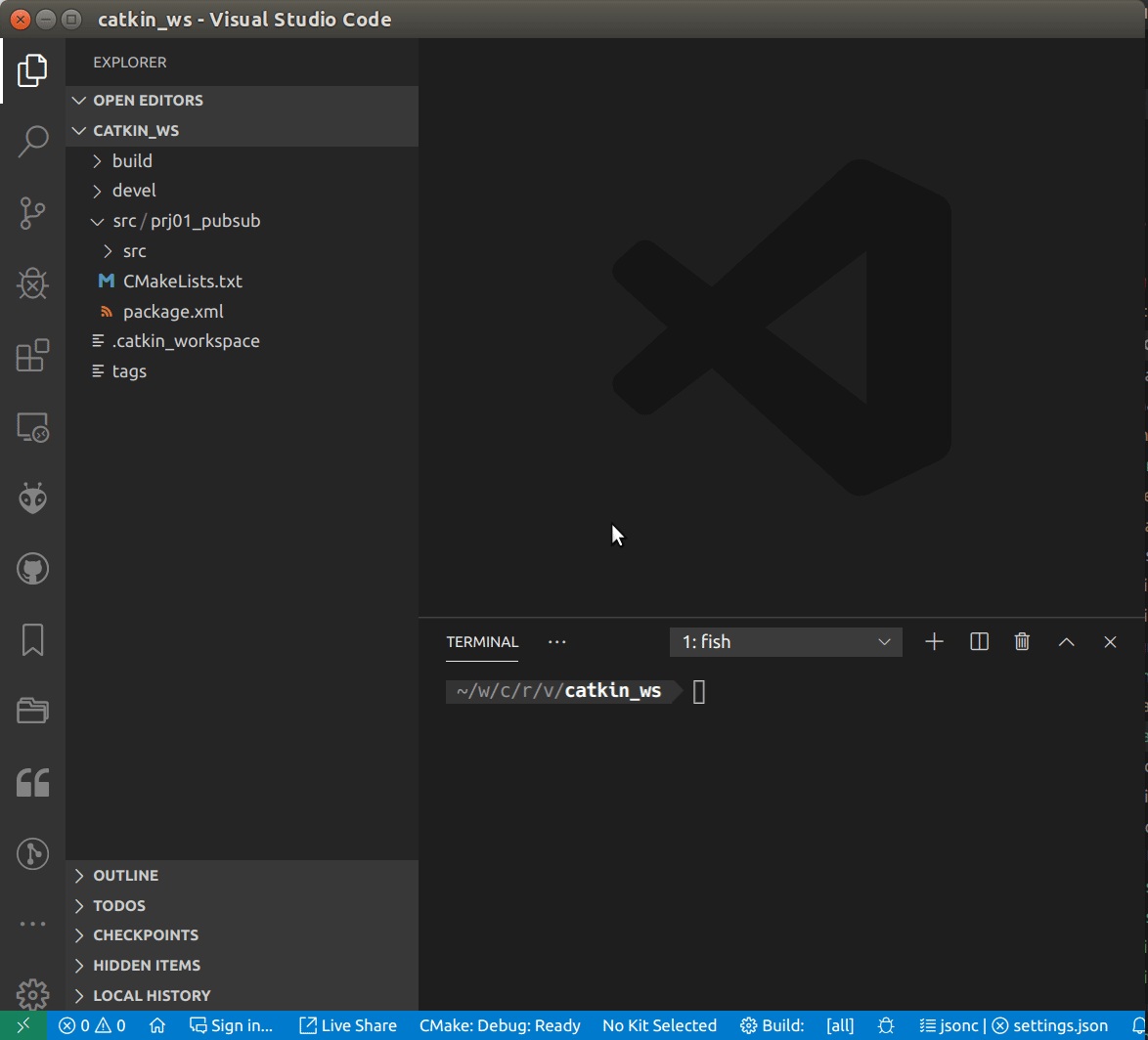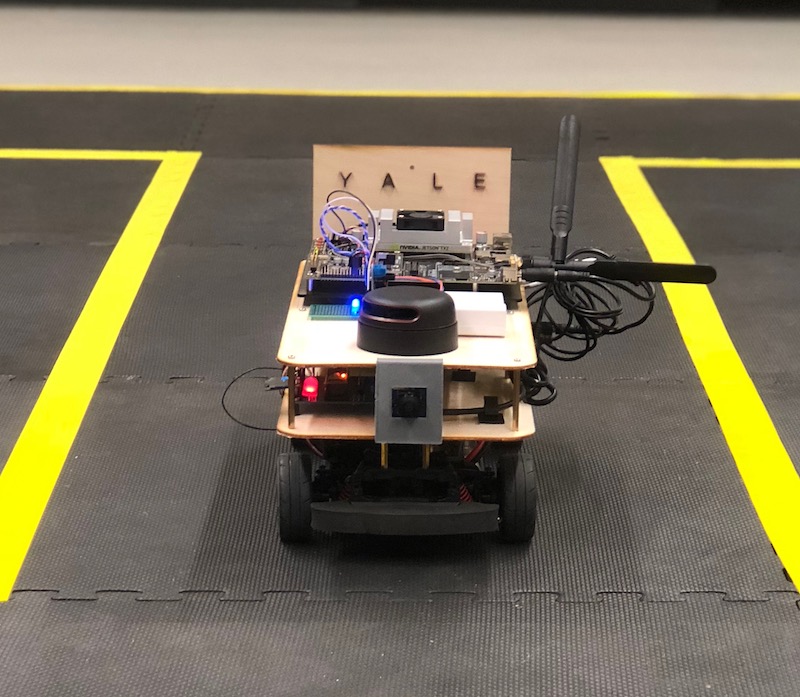Setup the Development Environment
ssh-fs
SSH-FS allows you to mount a remote directory through ssh connections.
You could mount the catkin_ws into your local directory for programming,
and it will be automatically synchronized with the target machine
(either your server or car controller).
Use the following command to install ssh-fs:
Ubuntu:
sudo apt install sshfs
MacOS:
brew install sshfs
In order to mount a directory with user permission, you need to enable
user_allow_other in your local fuse driver:
sudo vim /etc/fuse.conf
# uncomment the following configuration
user_allow_other
To mount a remote director (e.g. /home/ros/catkin_ws), use the following command:
sshfs -o allow_other \
-p <remote port> \
<usr>@<server ip address>:/home/ros/catkin_ws/ \
~/shadow_catkin_ws
vim
vim is a text-based editor that you could use directly through ssh.
The basic operation of vim could be found in this cheat sheet,
or this video tutorial.
More learning materials:
- [1] Learn Vim Progressively
- [2] Learn vim For the Last Time: A Tutorial and Primer
- [3] Vim & Python: Making yourself at home
You could create a .vimrc file under your home directory to tune the editor with your preferences.
" enable syntax highlighting
syntax enable
" show line numbers
set number
" set tabs to have 4 spaces
set ts=4
" indent when moving to the next line while writing code
set autoindent
" expand tabs into spaces
set expandtab
" when using the >> or << commands, shift lines by 4 spaces
set shiftwidth=4
" show a visual line under the cursor's current line
set cursorline
" show the matching part of the pair for [] {} and ()
set showmatch
" enable all Python syntax highlighting features
let python_highlight_all = 1
In addition, you could use ctags extension to index and jump
between python variable/functions:
# install the ctags
sudo apt install exuberant-ctags
# create the tag data-base (run this command after you install any python packages)
ctags -R -o ./tags ./src/ \
/opt/ros/melodic/lib/python2.7/dist-packages/ \
/usr/lib/python2.7
# add tag file to .vimrc
echo "set tags=~/catkin_ws/tags" >> ~/.vimrc
After restart vim, you could use:
Ctrl+[to jump to a tag.Ctrl+Tto jump back.:tselectto open a tag.:tnextand:tprevto jump between selected tags.
Visual Studio Code
Visual Studio Code is an IDE that could be installed from [here] (https://code.visualstudio.com).
In order to enable python development, you need to install the
python extension.
Ctrl+Shift+pto open the console.- Type “> install extensions”
- Type “python” in extension search bar.
- Install the “python” extension.
- Mount the ROS python library files to the local file system:
sshfs -o allow_other \ -p 12822 \ hao@localhost:/opt/ros/melodic/lib/python2.7/dist-packages/ \ ros-python-libs/ - Add ROS library to the
extraPathsofpython.autoCompleteoptions."python.autoComplete.extraPaths": [ "/home/hao/ros-python-libs/" ], - Set python 2.7 (used for ROS) as the default interpreter.
"python.pythonPath": "/usr/bin/python"
After set the python extra-path, you could use:
Ctrl+Clickto jump to a tagCtrl+Alt+-to jump back

